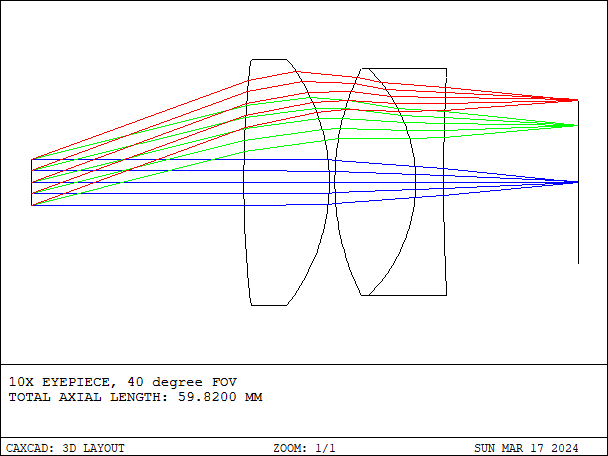KNOWLEDGE BASE
Afocal optical system is a specially designed optical system that does not require introducing a focus in the optical system, but achieves the desired optical effects through other means.
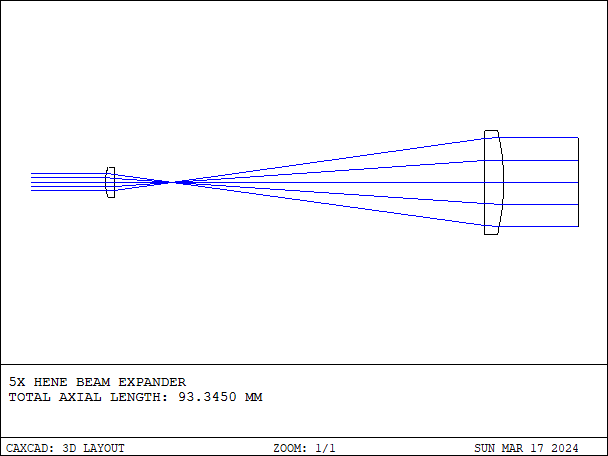
Telephoto Lens is a specialized type of lens used in photography with the following characteristics:
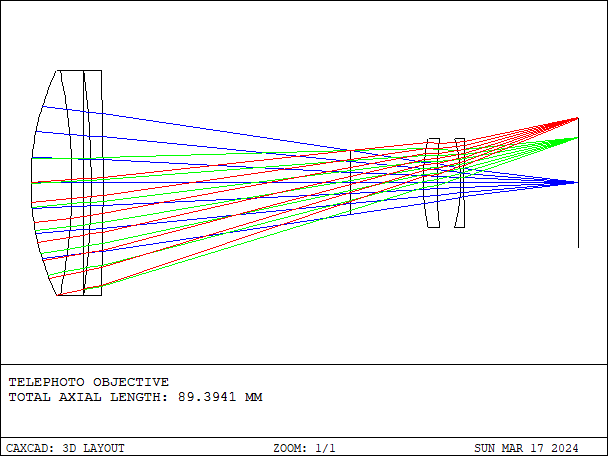
Wide-angle optical lens design involves many complex optical principles and engineering techniques to ensure clear, high-quality images over a broad field of view. CAXCAD offers rapid wide-angle ray targeting technology, enabling fast design of wide-angle lenses.
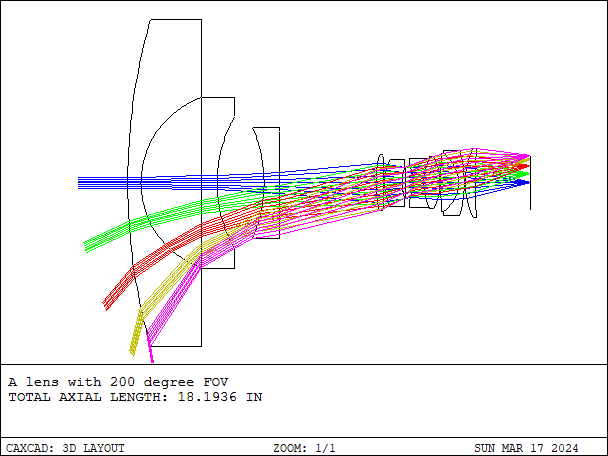
The Petzval lens is an optical design initially invented by Austrian optical engineer Joseph Petzval in the early 19th century. This lens design holds significant importance in optical history as it was the first successful large-aperture, short focal length lens, contributing significantly to the development of photography technology.
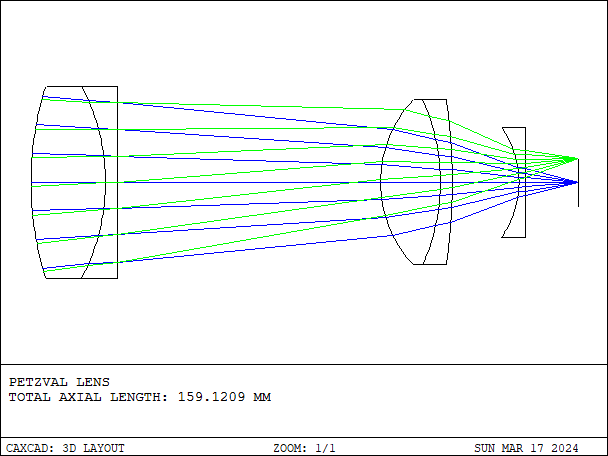
Relay lens is an optical component used to relay the image from one optical system to another without significantly altering the size or quality of the image. It is commonly employed in various optical setups such as microscopes, cameras, and other imaging systems.
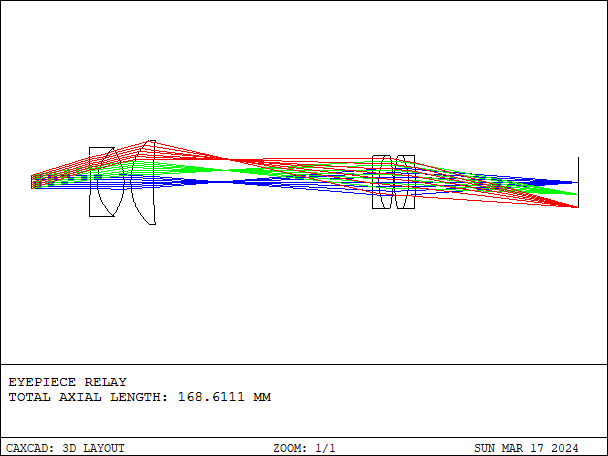
Endoscope is an optical device used for medical diagnosis and treatment, typically employed to examine the internal organs, tissues, and passages of the human body.
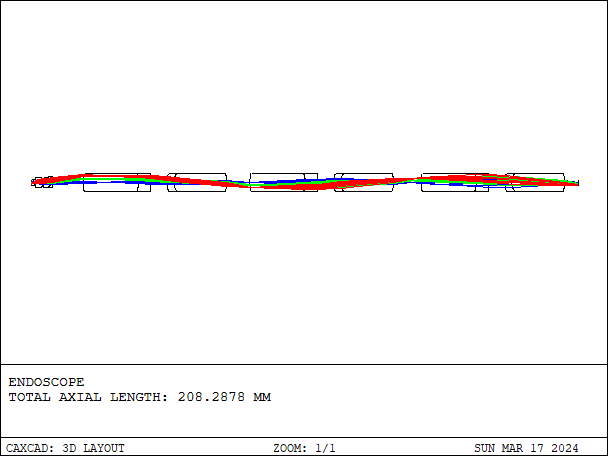
The Cassegrain Telescope is a type of astronomical telescope design that includes one or more mirror reflectors to collect and focus light, forming an enlarged image. This design is versatile and can achieve various optical performances through different combinations.
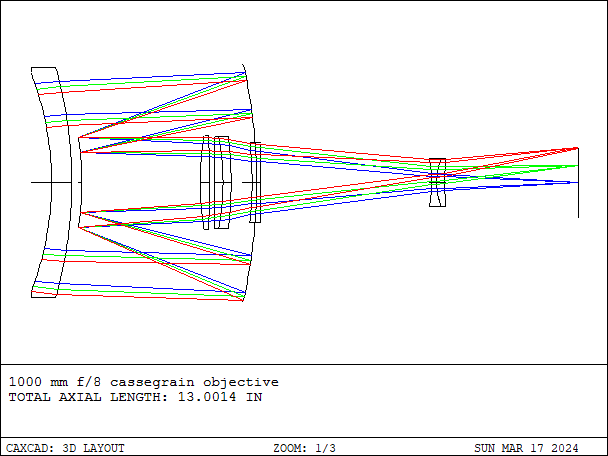
F-theta (Fθ) scan lens is an optical component commonly used in laser processing applications such as laser cutting, laser marking, and laser engraving.
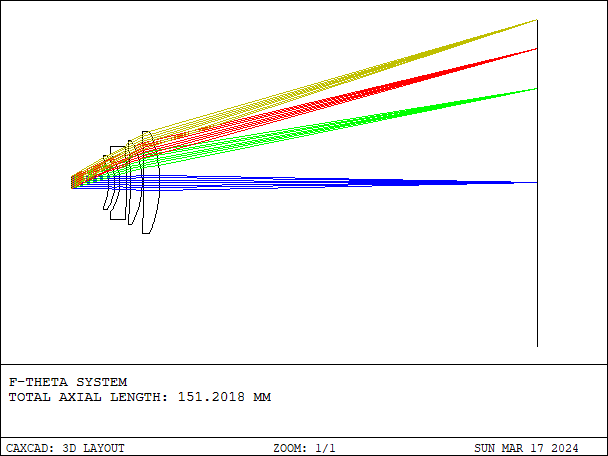
Infrared thermal imaging lens is an optical lens used for infrared thermal imaging, typically employed to convert infrared radiation into visible images or digital data.
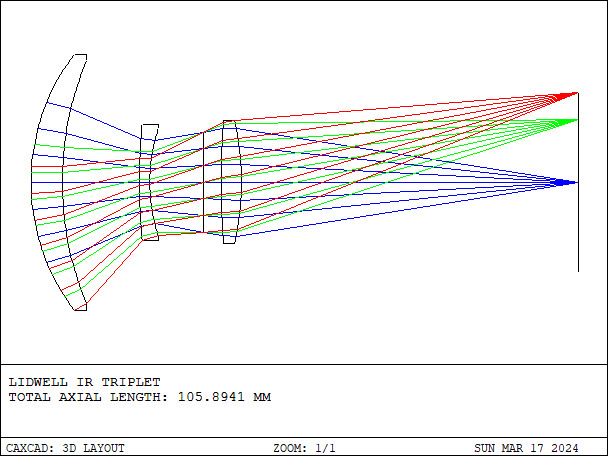
Ultraviolet lithography lens is an optical component specialized for the lithography process in semiconductor manufacturing.
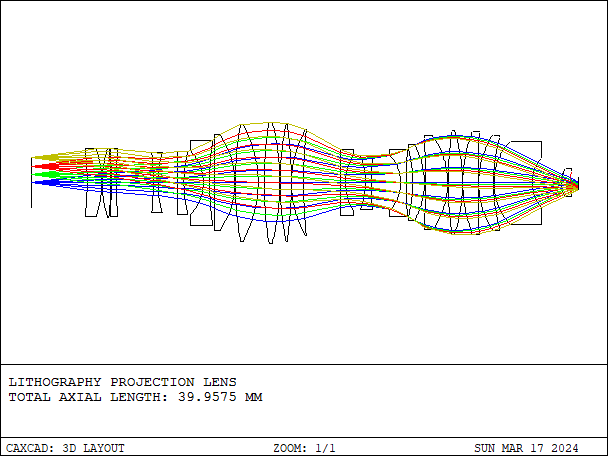
Imaging objectives are vital components in optical systems, used to convert optical information from the object being imaged into an image. When designing imaging objectives, several factors need to be considered to ensure their performance and quality. Designing imaging objectives using CAXCAD optical design software facilitates a convenient and efficient process!

In camera lens design, three common classic optical configurations include the Double Gauss lens, Cooke lens, and Kodak lens.
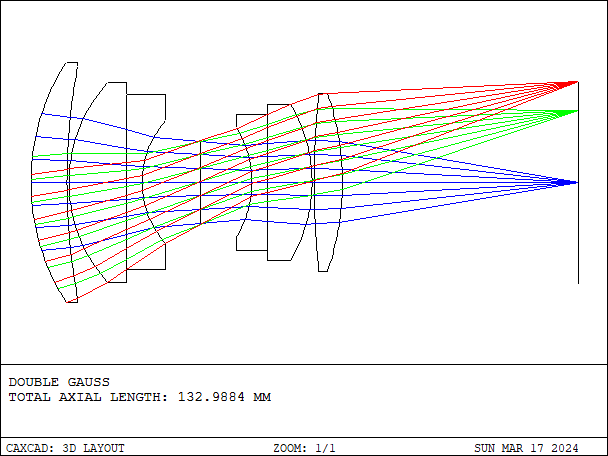
Microscope objectives are the core components in microscopes, used to magnify and observe tiny objects such as cells and tissues. Designing microscope objectives requires consideration of several factors to ensure their performance and quality.
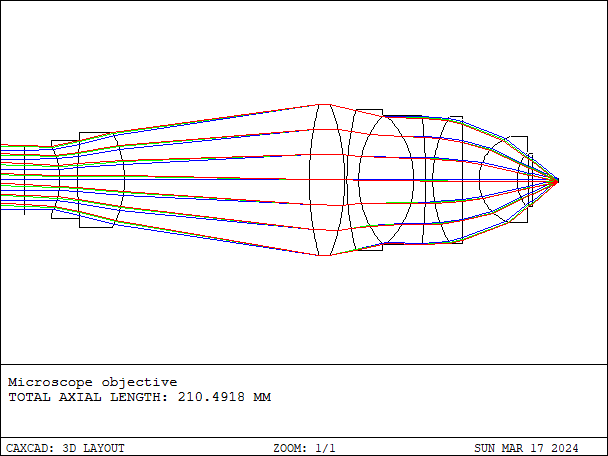
Binoculars is an optical instrument used for observing distant celestial objects or scenes.
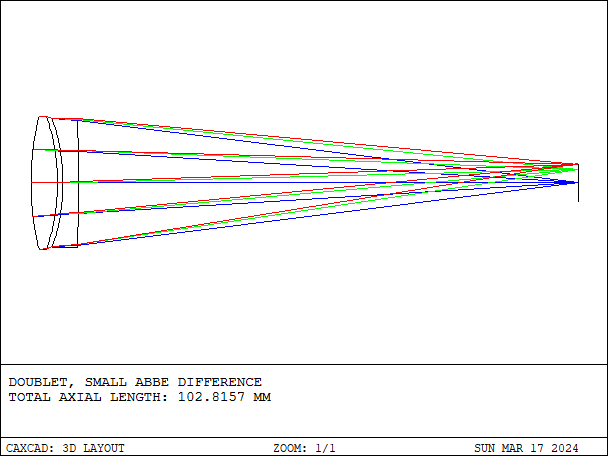
Eyepiece is an optical device used to observe images or objects in optical instruments. In microscopes and telescopes, eyepieces play a crucial role, each with different designs and functions.
